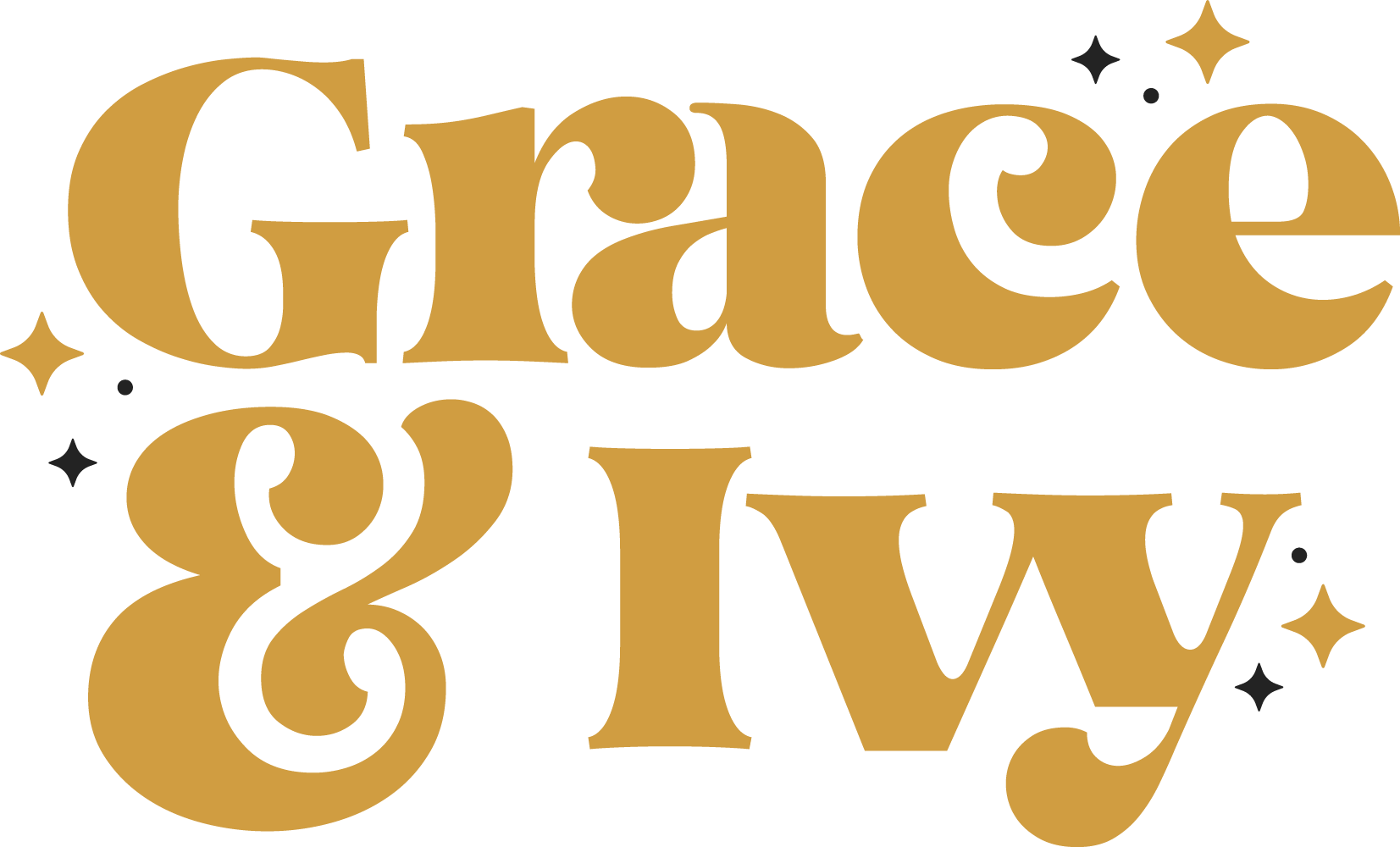Come with me as we take a deep dive into why you should be aiming to have the best birth possible that doesn’t revolve around the desire to avoid birth trauma and explores Birth Imprinting, the process of rapid learning that babies undergo at birth.
We all know that birth trauma is real and manifests mentally, emotionally and/or physically.
And we also know that it affects how we feel about ourselves, our births and how we mother.
Avoiding it is so important that it is often the basis for choosing our birth space, our provider, and putting our birthing plan together. There are shed loads of books, articles and Insta posts telling us how we can and why we should reduce birth trauma. And most of us have read at least a few of them and have since put “avoid birth trauma” on our birth planning to-do list.
But what if I told you there was another important reason for ensuring a peaceful, stress-free birthing environment with minimal intervention and maximum inner connection? One that had nothing to do with birth trauma, or us, as a matter of fact?
Birth Imprinting or Limbic Imprinting is the process where prenatal, perinatal and postnatal experiences imprint on the newly born baby. In straightforward terms, our baby’s brain chemistry forms, creating neural pathways and imprints while gestating in the womb through labour, birth, and the first few years of life. How these neural pathways are laid down at this time has a long-term impact, forming the basis of how little ones experience life – from a base of fear or connection. What’s imprinted on a baby via limbic imprinting almost always stays with it throughout its life.
Pregnancy is not just something that happens to us.
It is a miraculous co-creation between our growing baby and us. For 9 months, we are our baby’s environment, and baby is affected by each of our experiences. Our sensory experiences become the sensory experiences of our babies. As their body systems develop within our bodies, they are subjected to the same sensory stimulation and chemicals as we are. Our hormones cross the placenta and act on their little bodies the same way they work on us. For example, the release of endorphins and oxytocin when we are feeling joyful and loved causes pleasant (comfortable) stimuli for baby, and the release of adrenaline and cortisol when we are anxious or stressed causes stressful (uncomfortable) stimuli for baby.
Everything you consider as an option to add to your birth plan affects your baby…and depending on the intervention, it may be positive (think blissing out in a birth pool) or harmful (think the hyperstimulation of induction).
As a matter of fact, I’m going to put it out there and say there aren’t many interventions a doctor, hospital or midwife would offer that would have a positive effect on the baby’s birthing experience. Most cause us (or our baby ) pain, anxiety, altered sensation or numbing, which become part of babies birth imprint.
And birth imprinting can change the trajectory of our baby’s life!
Consider a baby born in complete silence with only candlelight or the light of the moon, wide eyes undisturbed by harsh light as they emerge from their warm womb-cocoon for the first time; silence all around as their breath begins to move in and out, the only scent available to them is that of mother-home. Only the warm, loving touch of their mother as their nervous system begins to regulate beautifully without stress or fear and with calm and tranquillity imprinted beautifully on the long-term mental, emotional and physical health of a baby.
Yet if we flip this to a scenario where baby is born, perhaps forcibly pulled out of their womb-cocoon, under bright lights with loud noises all around. Smells so overpowering and distant from that of their home that the only scent they can reach is fear; their mother shocked, teary and scared, wondering what has just happened to her. This baby very quickly clenches his fists and eyes, mouth wide open in a scream of fright and pain, every limb flailing until exhaustion and overwhelm brings surrender to a nervous system that was not prepared for this kind of birth and is now imprinted with fear, fight or flight responses.
So what does this mean for the baby as it grows?
We know that babies that suffer trauma and are limbic-imprinted by it often encounter troubles dealing with emotions later in their lives, with the imprints made during birth subconsciously driving the behaviour of that adult in the future.
For example, it isn’t uncommon to see that the person born by C-section can’t quite finish things or often needs to be rescued, or the person pulled out with forceps resents being rushed or forced to do something that they aren’t ready for.
These examples may be on the frivolous side, and you might consider starting to ask people their birth stories so you can see if they correspond to their personality quirks. Still, on a much more serious note, longitudinal studies on the effects of birth interventions show that children whose mothers relied on pharmaceutical pain relief in labour (gas, epidural, morphine, etc.) are statistically more likely to take drugs during puberty.
How does THAT work, I hear you ask?
Drugs in labour are a method of escaping and leaving the body rather than ‘being with’ the pain of childbirth. Choosing to numb the birth experience with drugs teaches our baby that getting numb is the most viable option when things get painful or the going gets tough.
This imprints on baby… teaching them to reach for an escape such as alcohol or drugs when things get too hard to be present in the moment. This learned behaviour may later become a crutch for the baby during difficult stages of life.
When we choose to have unmedicated births where we connect with ourselves and welcome the discomfort of labour, we build the capacity to cope with pain and discomfort not only in ourselves but also in our babies.
Some would say that enduring an uncomfortable birthing experience without medication would also negatively imprint on baby. However, we know that an unmedicated birth allows the body the full experience of the birth hormone cocktail, including the ecstatic effects of oxytocin and endorphins. These override the discomfort of labour and flood mother and baby with positive chemicals leading to a positive birth imprint.
Having a traumatic birth isn’t a deal breaker, though!
The early postnatal time can offer deep healing if we know what needs to occur. Hours of skin-to-skin contact, breastfeeding, co-sleeping, co-regulating and healthy bonding between mother and baby can slowly reactivate the connection receptors that may have been overshadowed by a stressful birth.
Stress hormone pathways are laid down much faster than bonding/connection hormone pathways because they are a basic survival mechanism. Therefore, overcoming the influx of stress during birth will take more than a couple of days of loving connection with bub to build the oxytocin pathways in equal measure.
However, just because there is an opportunity to make amends and rewire neural pathways doesn’t mean avoiding the stressors in the first place isn’t preferable.
For those of us still to give birth, it’s essential to understand that the greater our capacity to hold ourselves through any experience, including labour and birth, while staying connected to our inner guidance is the key. We may not be able to control external factors such as true emergency interventions, but we can control how we react and hold ourselves through them. This will help manage the stress hormones we subject ourselves and our baby to during the birthing process.
So to tie this all together, while avoiding birth trauma is an important reason for trying to have the best birth possible for our own well-being, the impacts of our birthing experiences on our babies and their long-term development almost feel more important.
What are your thoughts on Birth Imprinting?
Have you considered how your own Birth Imprint is affecting your life trajectory?
Would you like to have the best birth experience for yourself and your baby? Feel free to reach out for a chat to discuss how.





